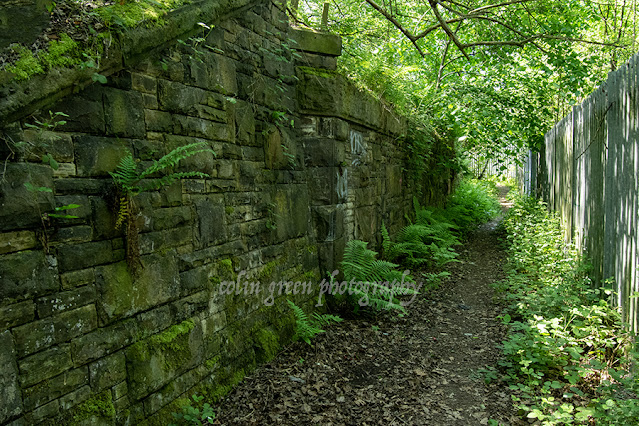A Bridge Through Time
North Bridge, a striking Victorian iron and stone structure, stands as a testament to Halifax's rich industrial past. Spanning the River Hebble, this iconic bridge has played a vital role in connecting the town to the wider region for over a century.
A Bridge Reborn
The original stone bridge, built in 1774, met a tragic end in 1855 due to flash flooding. To accommodate the growing needs of the town and the emerging railway network, a new bridge was constructed in the grand Victorian Gothic style. Designed by the Fraser brothers, North Bridge opened in 1871, a feat of engineering that was both beautiful and functional.
A Busy Thoroughfare
For many years, North Bridge bore the weight of heavy traffic, including tram lines that extended across the bridge. However, the increasing demands of modern transportation led to the construction of the Burdock Way flyover in 1973, relieving the bridge of much of its burden.
A Lasting Legacy
Despite the passage of time, North Bridge continues to be an integral part of Halifax's identity. Its elegant architecture and historical significance make it a popular landmark for both locals and visitors. As we walk across this magnificent structure, we can't help but marvel at the ingenuity and craftsmanship of those who built it.
The pictures below were taken with Nikon d3300 on the 3rd July 2022, they can be seen in a higher resolution on my Clickasnap account by clicking any image.





























































